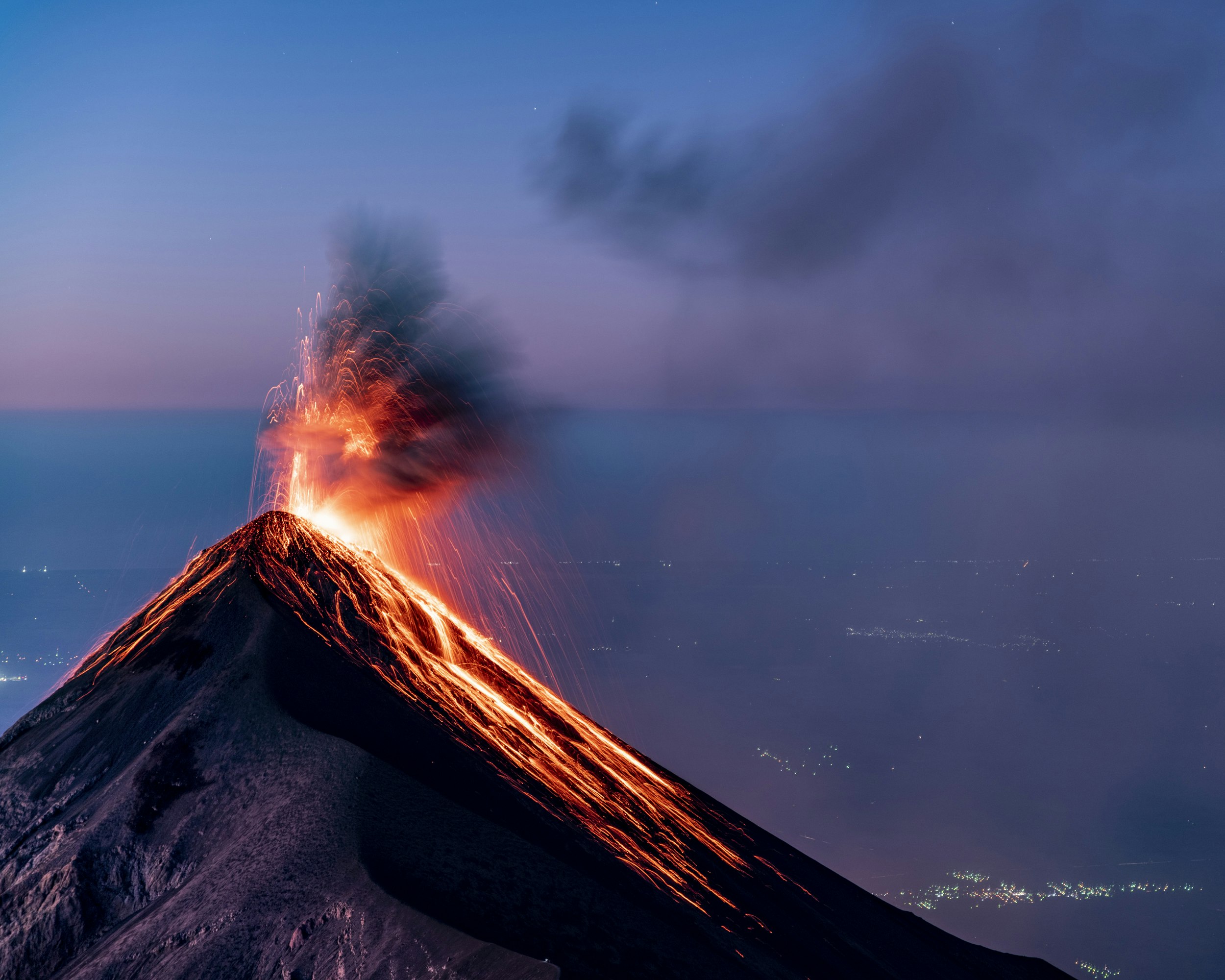Introduction: The Mysterious World of the Yellow Planet
The universe harbors a kaleidoscope of celestial bodies, each with its own unique charm. Our focus now turns to the enigmatic “Yellow Planet,” inviting us on a journey to decipher its mysteries. In this exploration, we unravel the characteristics, composition, and significance of this celestial neighbor that radiates a warm, golden hue.
Identification: Unmasking the Yellow Planet

The Mystery Behind the Name
The title “Yellow Planet” is often associated with the second planet from the Sun: Venus. This rocky, terrestrial world has earned its moniker due to its vibrant, yellowish appearance when observed from afar. Venus is a dazzling beacon in the night sky, visible during specific periods of the year.
A Brilliant Evening Star
Venus is renowned for its brightness and is often referred to as the “Evening Star” when it graces the western sky after sunset. Its luminosity stems from its proximity to Earth and the reflective nature of its cloud-covered atmosphere.
Atmospheric Brilliance: The Veil of Yellow Clouds

Thick Cloud Cover: Venus’ Signature Feature
Venus boasts a thick, toxic atmosphere primarily composed of carbon dioxide with clouds made up of sulfuric acid. These clouds reflect sunlight, giving the planet its radiant yellow appearance. The atmosphere’s density contributes to the planet’s high surface temperatures, creating a scorching environment.
Runaway Greenhouse Effect
Venus experiences an extreme greenhouse effect due to the abundance of greenhouse gases in its atmosphere. This phenomenon traps heat, leading to surface temperatures that can soar above 460 degrees Celsius (860 degrees Fahrenheit), hot enough to melt lead. The yellowish clouds, though beautiful from a distance, are a testament to the planet’s inhospitable conditions.
Venusian Dynamics: Rotation, Day, and Night

Retrograde Rotation: A Slow Dance*
Venus exhibits a unique rotational pattern known as retrograde rotation. Unlike most planets that rotate counterclockwise, Venus rotates clockwise on its axis, completing one rotation approximately every 243 Earth days. This prolonged rotation means that a day on Venus is longer than its year.
Lengthy Days and Nights*
Venusian days and nights are equally unusual. A solar day, from one sunrise to the next, lasts about 117 Earth days. However, due to the planet’s slow rotation, Venusian days are only slightly shorter than its nights. The extended periods of scorching heat and chilling darkness contribute to the planet’s harsh climate.
Venusian Landscape: Volcanoes, Highlands, and Vast Plains
Maxwell Montes: The Tallest Peaks*
Venus hosts a diverse landscape with highland regions, vast plains, and towering mountains. Maxwell Montes, the highest mountain range on Venus, reaches altitudes of about 11 kilometers (7 miles). These peaks are comparable to some of Earth’s highest mountains, such as the Himalayas.
Vast Plains and Volcanic Features*
Extensive plains, such as the Lakshmi Planum, stretch across Venus, interspersed with volcanic features. The planet’s volcanic activity has sculpted its surface, creating vast lava plains and distinctive volcanic structures. The presence of volcanic remnants indicates a tumultuous geological history.
The Search for Water: Venus’ Hydrological Mysteries
Water Vapor and Absence of Liquid Water*
Despite its proximity to Earth, Venus remains devoid of liquid water on its surface. The planet’s scorching temperatures cause any water to evaporate into the atmosphere as vapor. However, scientists continue to explore the possibility of water-related processes hidden within Venus’ complex geology and atmosphere.
Deuterium to Hydrogen Ratio*
The study of Venusian water extends beyond its surface to the composition of its atmosphere. Researchers analyze the deuterium to hydrogen ratio to gain insights into the planet’s water history. Understanding Venus’ relationship with water provides valuable clues about its formation and evolution.
Spacecraft Exploration: Probing the Yellow Enigma
Pioneer Venus Mission: Early Insights*
In the early 1970s, NASA’s Pioneer Venus mission provided initial glimpses into the secrets of the Yellow Planet. The spacecraft conducted extensive studies of Venus’ atmosphere, revealing its composition and dynamics. These early missions laid the foundation for future exploration.
Magellan Mission: Mapping the Terrain*
Launched in the early 1990s, the Magellan spacecraft used radar to penetrate Venus’ thick cloud cover and map its surface. The mission unveiled a detailed topography, showcasing the planet’s diverse geological features and providing crucial data for scientific analysis.
Venus Express and Akatsuki: A Global Perspective*
Subsequent missions, such as the European Space Agency’s Venus Express and Japan’s Akatsuki, expanded our understanding of Venus. These missions investigated the planet’s atmosphere, climate, and the dynamics of its peculiar rotation, contributing to a more comprehensive portrait of the Yellow Planet.
Conclusion: Unlocking Venus’ Mysteries and Beyond
In our journey through the Yellow Planet, we’ve glimpsed a world of extremes—intense heat, thick clouds, and a tumultuous geological history. Venus, with its unique characteristics, continues to captivate scientists and astronomers, pushing the boundaries of our understanding of rocky planets in our solar system. As technological advancements pave the way for future missions, the enigma of the Yellow Planet promises to reveal more secrets, inspiring us to gaze beyond and explore the vast cosmic landscapes that surround us.

